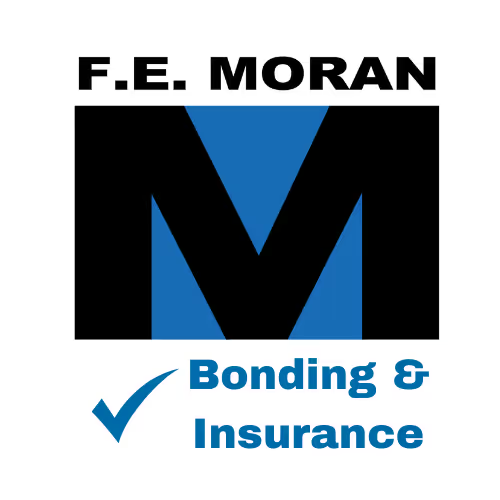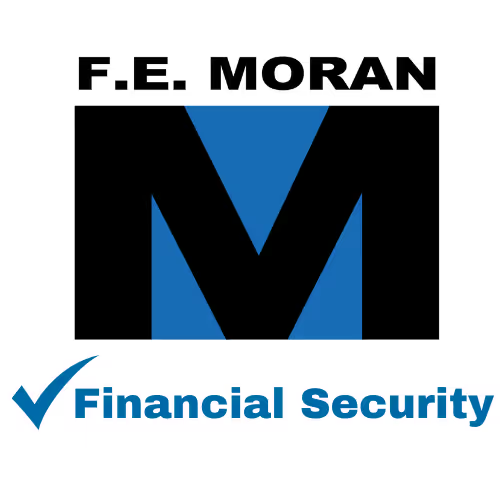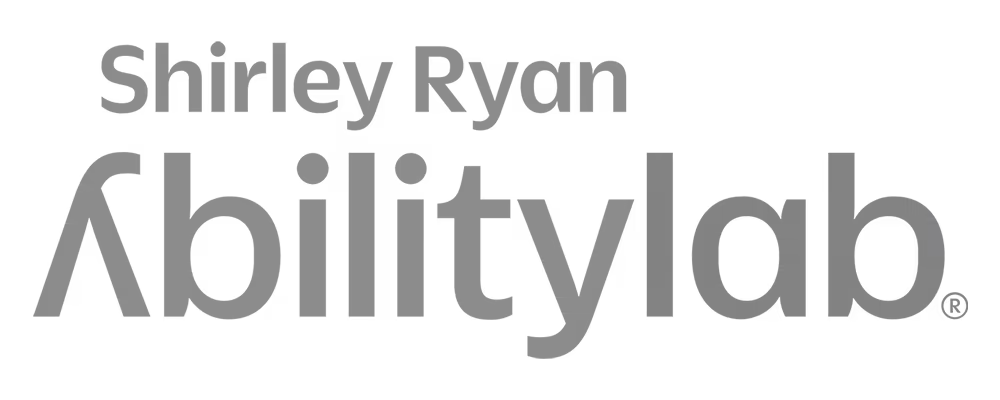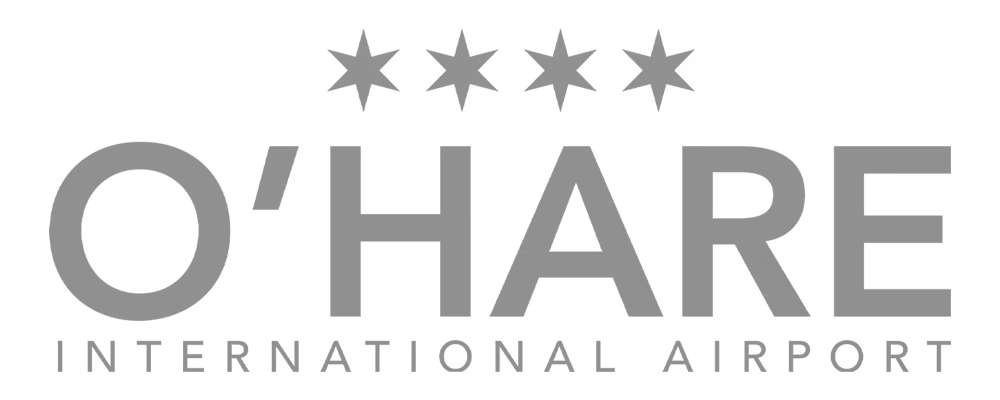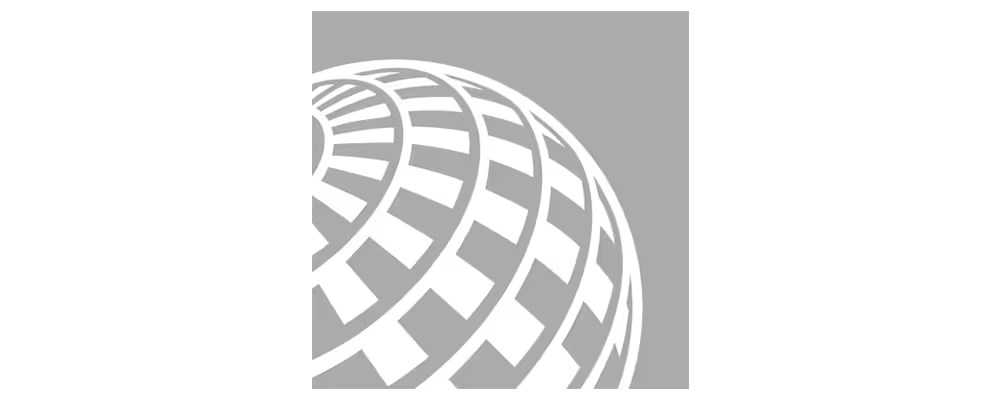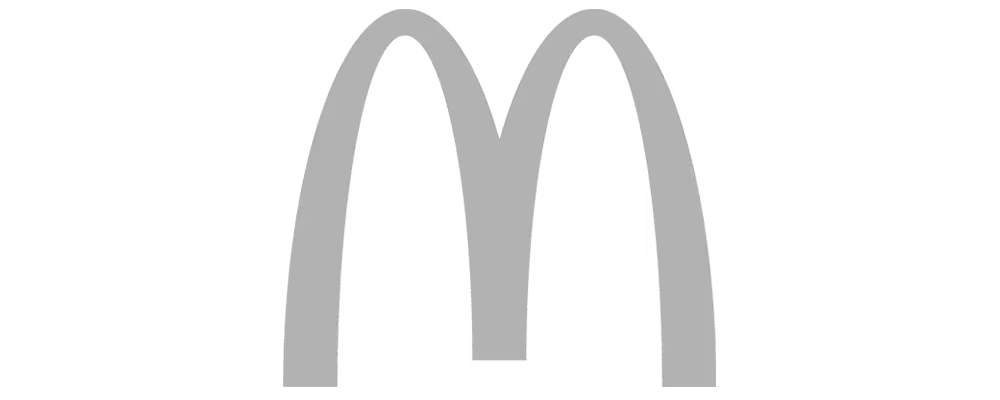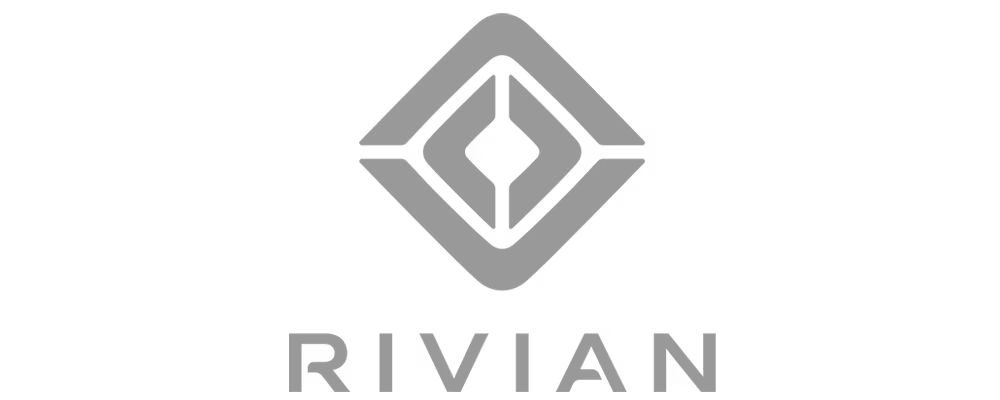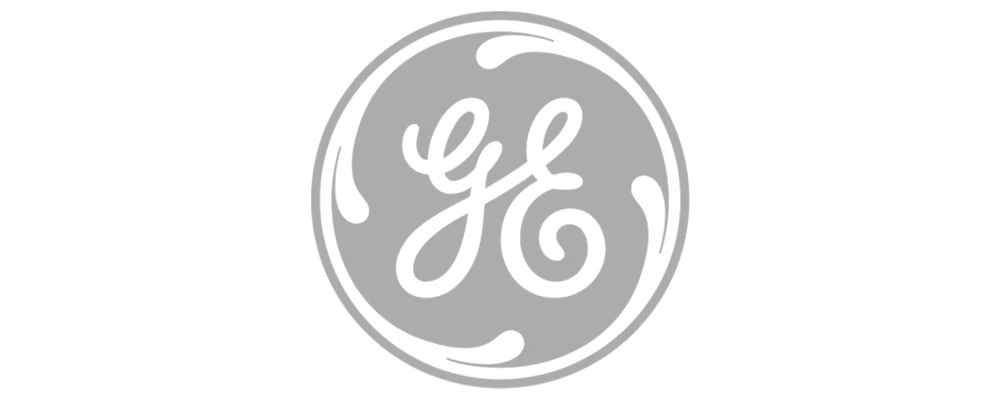At F.E. Moran, safety is more than a priority—it’s our foundation.
Through relentless vigilance, proactive risk mitigation, and industry-leading innovation, we ensure that every worker goes home safe, every single day.
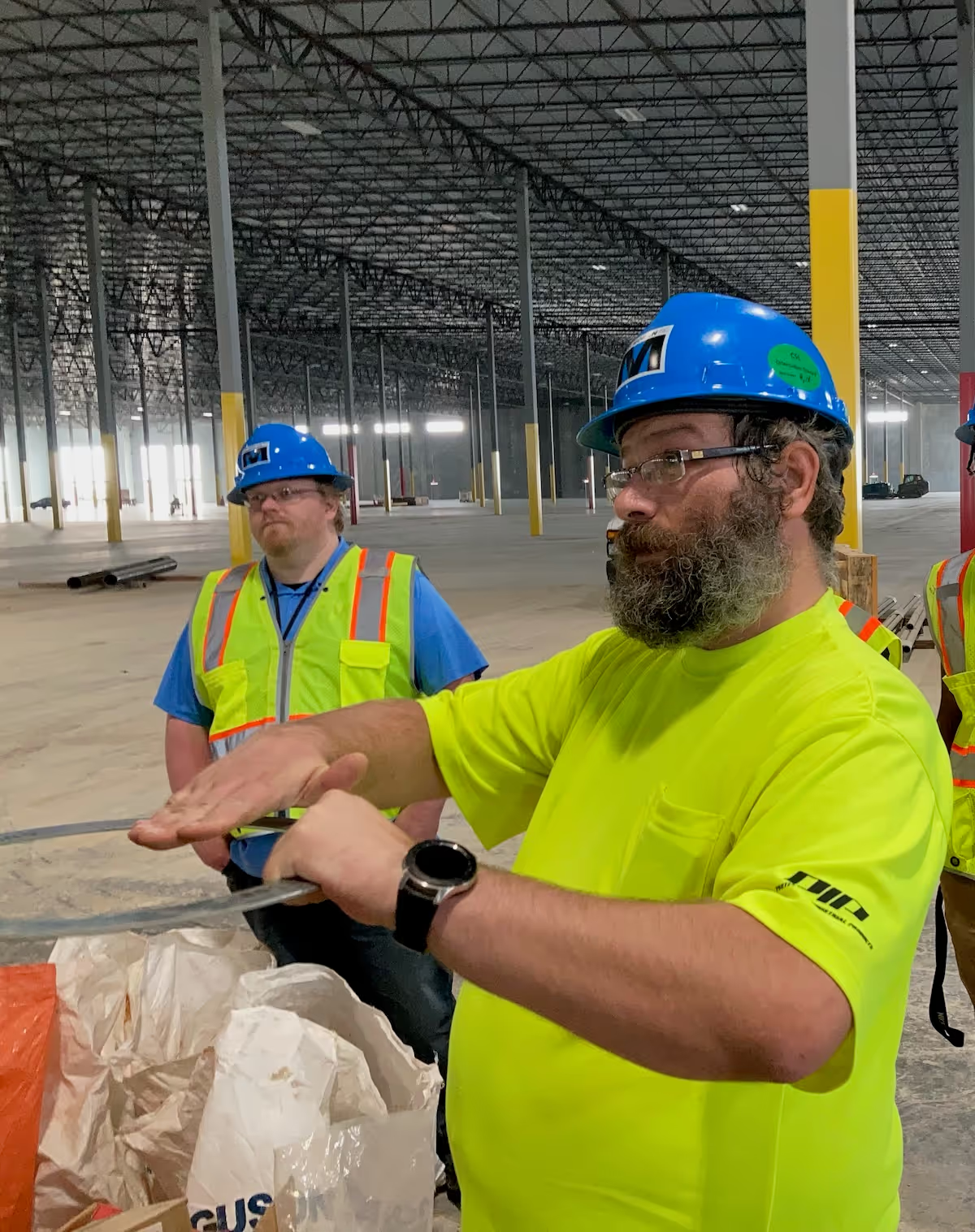
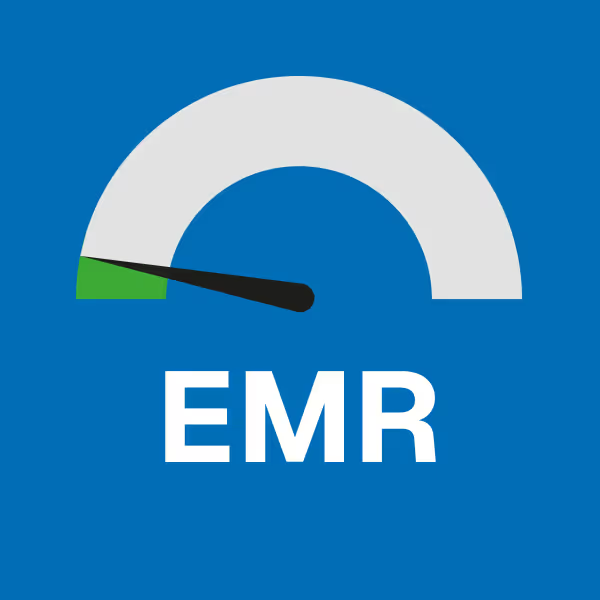

At F.E. Moran, risk isn’t just managed—it’s eliminated before it becomes a threat.
With proactive strategies, cutting-edge technology, and unwavering vigilance, we deliver safety and reliability you can trust.

